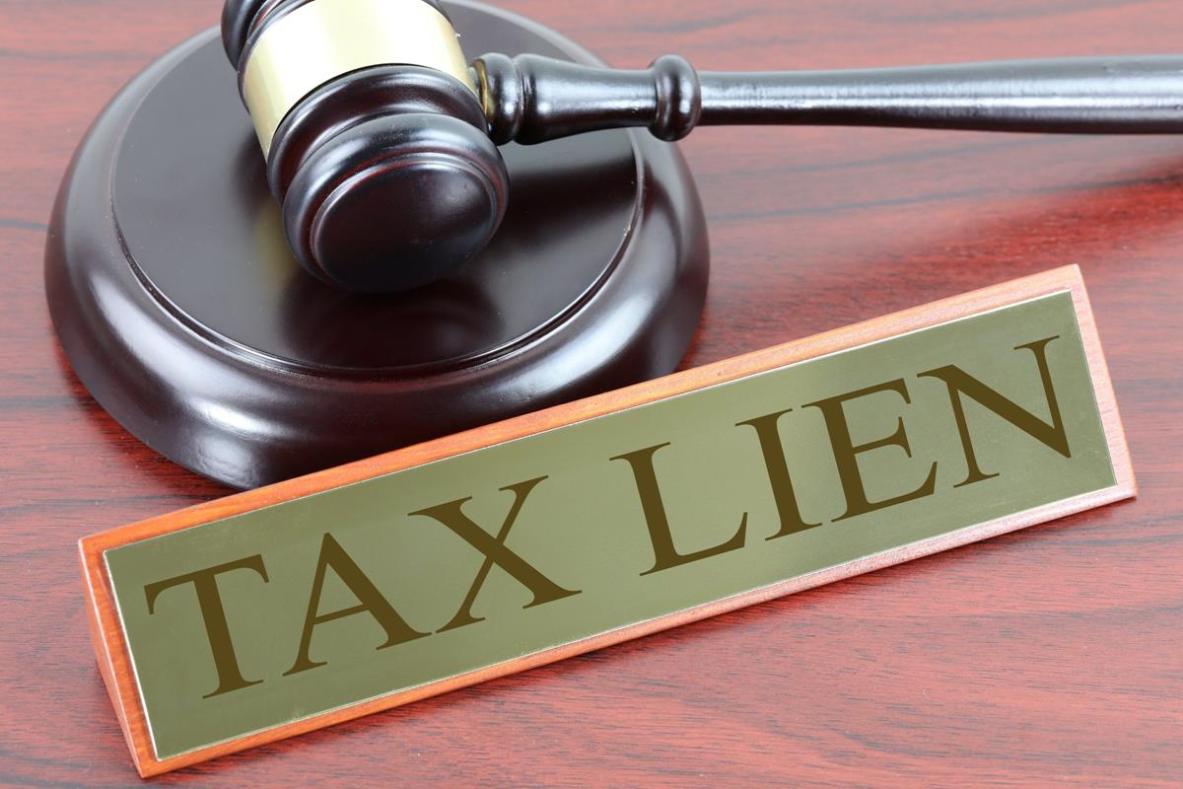What Steps Should I Take to Remove a Tax Lien?
A tax lien is a legal claim against your property by the government to secure payment of unpaid taxes. It can significantly impact your financial situation and make it difficult to obtain loans, credit cards, or even sell your property. Addressing a tax lien promptly is crucial to avoid further complications and potential legal actions.

I. Understanding The Tax Lien Process:
1. Types Of Tax Liens:
- Federal Tax Liens: Imposed by the Internal Revenue Service (IRS) for unpaid federal taxes.
- State Tax Liens: Imposed by state revenue departments for unpaid state taxes.
- Local Tax Liens: Imposed by local governments for unpaid property taxes or other local taxes.
2. Reasons For Receiving A Tax Lien:
- Unpaid Taxes: Failure to pay taxes on time can result in a tax lien.
- Penalties and Interest: Unpaid taxes accumulate penalties and interest, which can increase the total tax debt.
- Failure to File Tax Returns: Not filing tax returns can also lead to a tax lien.
II. Steps To Remove A Tax Lien:
1. Contact The Taxing Authority:
Reach out to the relevant taxing authority (IRS, state revenue department, or local government) as soon as possible to discuss the tax lien.
- IRS Contact Information: 1-800-829-1040
- State Revenue Department Contact Information: Visit the official website of your state's revenue department.
- Local Government Contact Information: Contact your local tax assessor's office or city hall.
2. Determine The Amount Owed:
Calculate the exact amount of tax debt, including penalties and interest. If unsure, request a statement from the taxing authority.
3. File An Offer In Compromise:
Consider submitting an Offer in Compromise to settle the tax debt for less than the full amount owed.
- Criteria and Eligibility: Must meet certain criteria, such as financial hardship or inability to pay the full amount.
- Preparation and Submission: Prepare and submit Form 656, Offer in Compromise, along with supporting documentation.
4. Consider An Installment Plan:

Set up an installment plan to pay off the tax debt over time.
- Application Process: Apply for an installment plan with the taxing authority.
- Factors Considered: Factors such as your income, expenses, and ability to pay will be considered.
5. File An Appeal:
If you believe the tax lien is erroneous or unfair, you can file an appeal with the appropriate authorities.
- Gather Evidence: Gather evidence to support your claim, such as receipts, canceled checks, or correspondence with the taxing authority.
- Filing Process: File an appeal with the IRS Appeals Office, state tax board, or local tax board, depending on the type of tax lien.
6. Seek Professional Assistance:

Consult with a tax professional, such as a certified public accountant (CPA) or an enrolled agent (EA), for expert advice and assistance in dealing with the tax lien.
Additional Considerations:
- Impact on Credit Score: A tax lien can negatively impact your credit score, making it difficult to obtain loans or credit cards.
- Keep Accurate Records: Maintain accurate records of all communications and payments related to the tax lien.
- Stay Compliant with Tax Laws: Avoid future tax liens by staying compliant with tax laws and filing your tax returns on time.
Removing a tax lien can be a complex process, but taking proactive measures and following the steps outlined above can help you resolve the issue effectively. Addressing the tax lien promptly can minimize its impact on your financial situation and allow you to move forward with your finances.
YesNo

Leave a Reply